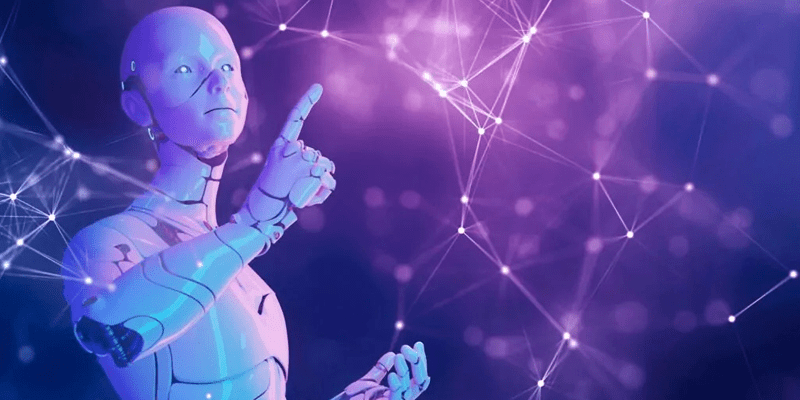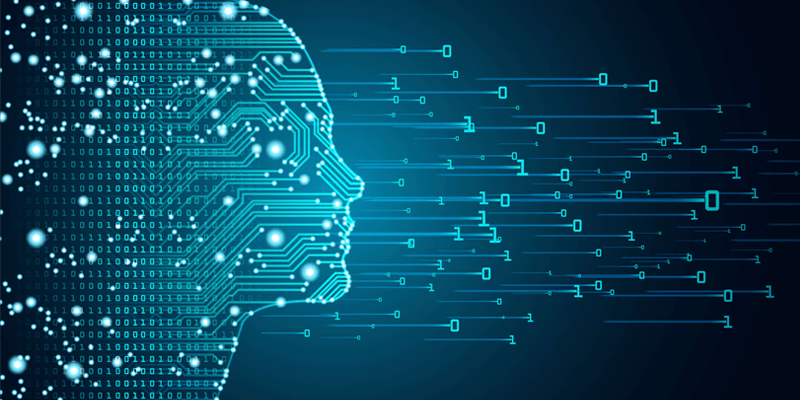- AI

Artificial Intelligence

Smart Products & Services
We follow Smart Products & Services

Intelligent Business Functions & Processes
We follow Intelligent Business Functions & Processes

Robotic Process Automation
We follow Robotic Process Automation

Personalized
healthcareWe follow Personalized healthcare

Identifying at-risk patients
We follow Identifying at-risk patients

Optimized routing and scheduling
We follow Optimized routing and scheduling
- ML

Machine Learning

Predictive
AnalyticsWe follow Predictive Analytics

Service Personalization
We follow Service Personalization

NLP
We follow NLP (Natural Language Processing)

Stock Market Forecasting
We follow Stock Market Forecasting

Fraud Prevention
We follow Fraud Prevention

Recommender engines
We follow Recommender engines
- blockchain
- IOT

Internet of Things
- AR
- Business Solutions

Business Solution

Business Performance Management
We follow Business Performance Management

Decision Making & Big Data Analytics
We follow Decision Making & Big Data Analytics

Enterprise Data Management
We follow Enterprise Data Management
- Apps

Apps

Native Apps
We follow Native Apps

Cross Platform Apps
We follow Cross Platform Apps

Web Apps
We follow Web Apps

Hybrid Apps
We follow Hybrid Apps

Cloud Native Apps
We follow Cloud Native Apps
- Lab

Artificial Intelligence: Data Transformation and AI Solutions
Artificial intelligence is a word often used by today’s emerging companies to increase efficiency, transparency and productivity. Though many technologies in the present world work in favour of organisations, ai has made a special place. If we look around, we will find every other industry uses it as a core business strategy to automate the work processes and make lives easier. However, besides this, you can find the internet of things, augmented reality, blockchain, and other companies changing the business landscape. According to recent statistics, the global AI market value will increase to $267 billion by 2027.
Artificial intelligence solutions have always been the basis of development in the current century, making significant pathways to mitigate emerging issues. Every industry seems to integrate the strategy from healthcare to the construction industry, which is one of the reasons why client demand has increased. It has always been a hot topic for businesses worldwide, increasing real-time engagement between companies and users. Besides this, they have mastered the art of managing operations. Thus, playing an essential role in innovation and expansion in today’s world.
Let’s learn about artificial intelligence in-depth and see how it changes world dynamics.
What is Artificial Intelligence?

AI is the abbreviated form of artificial intelligence that has changed how companies operate and simplify their work. It is known as a simulator of human intelligence that mimics humans and their actions, fitted into any machine. Thanks to the computer systems that have made it possible and increased its application. It even uses advanced algorithms to perform tasks and automate entire operations.
Suppose you have an idea about artificial intelligence. In that case, you might know data is vital to its success. Not only this, but every new-age technology implemented in the fast-growing world uses datasets to understand organisational work. They use a problem-solving approach where the issue is highlighted and dealt with then and there with a robust strategy. Remember, data tells all the information about a company that the stakeholders and clients might be interested in knowing. Though the information gathered from different places is in its raw form, the tech breaks it down into chunks and uses it to take action. It helps in performing similar actions appropriately.
If we look at the history of AI, it was known as the ‘computing machinery and intelligence.’ Later it was researched more, and through different stages, it emerged as the leading technology it is today. To date, it remains an essential strategy that puts unique ideas into practice, improving how we use machinery. We can say that AI has come a long way and is breaking records with its application in every sector. Many refer to machines or robots as systems that think and act rationally.
You might be startled to know various types of artificial intelligence have changed how we interact with machines. Take the example of bots. It is one of the finest examples used excessively today. We consider it a small robot that automates messages and replies to customers. All the customer service departments are using it effectively and completing tasks while enhancing user experiences. Besides this, we have an example of Siri, a robot that can talk to humans and get tasks done remotely. A task is assigned by humans, who get completed in no time. However, they ai here is divided into weak and strong artificial intelligence.
The weak AI is also known as narrow intelligence that is trained and focused performs particular tasks. It has some powerful applications like Siri and Alexa. A recent study from Statista shows that it performs way better with general data or information, which is 93% more accurate than other categories. On the other hand, strong AI is also known as Artificial General Intelligence or Artificial Super Intelligence. It revolves around the concept of self-aware consciousness that can solve issues, learn and plan for the future. According to the research, it is predicted it will surpass human intelligence and will give machines a brain of their own to take proactive actions.
How is Data Used in AI?

AI technological implementation is done on a large scale where the main focus is on the information collected and used to produce better results. This strategy primarily focuses on using data and combining it with advanced algorithms, which helps researchers or machines to learn from different patterns. Once the data is analysed and processed, it is tested and measured, allowing it to check its performance and productivity.
The statement that AI thrives on data is not false, as it provides the basis for gaining information and learning from its features, functions and patterns. However, here the source of data needs to be accurate enough to bring real results. The better the access to data, the better the developments, making it easier for devices to connect. All this leads to intelligent data processing. Remember, most firms are hiring a custom software development company specialising in artificial intelligence to use strong algorithms that let the system analyse information much faster and at different levels. Thus, making it easier for companies to understand complicated systems and forecast events.
The Future of AI

We are often bombarded with questions regarding the future of ai and if it will still affect lives in the 22nd century. The answer is clear, yes.
When we look at the computing cost and the complicated structure of technical data that runs AI, we see the high costs and the complexities of developing a machine. We have seen an improvement in its development and implementation over the years, and it wouldn’t be wrong to quote that it has advanced over the years. Modern artificial intelligence techniques are set to change how we interact with other technologies, combining everything together to reach a better solution in less time. Every year, their applications outperform each other, giving researchers and developers a task to experiment and innovate more things. Thus, it will change how we work in the next world of the tech revolution. Not to forget, even where data is going to play a crucial role. The better the information, the better results are to be predicted.
Conclusion
Artificial intelligence is a next-generation technology that evolved over time. Its application has led to automating repetitive tasks that machines could easily do, moving humans to focus on major problems that require complete attention. However, this wouldn’t be possible without large data sets. Here each machine or robot takes the help of strong algorithms and finds relevant data from different sources. It aims to use extensive data to analyse and start with the decision-making process. All this improves the application of solutions, increasing efficiency, productivity and performance. We are still in the development phase and experimenting with new things to make it better. It is not far when humans will reach the AI self-aware phase. If you are interested in learning more about AI or implementing a strategy, get in touch with the top-notch company that is known for developing robots that change your business game.



















































Leave a Reply